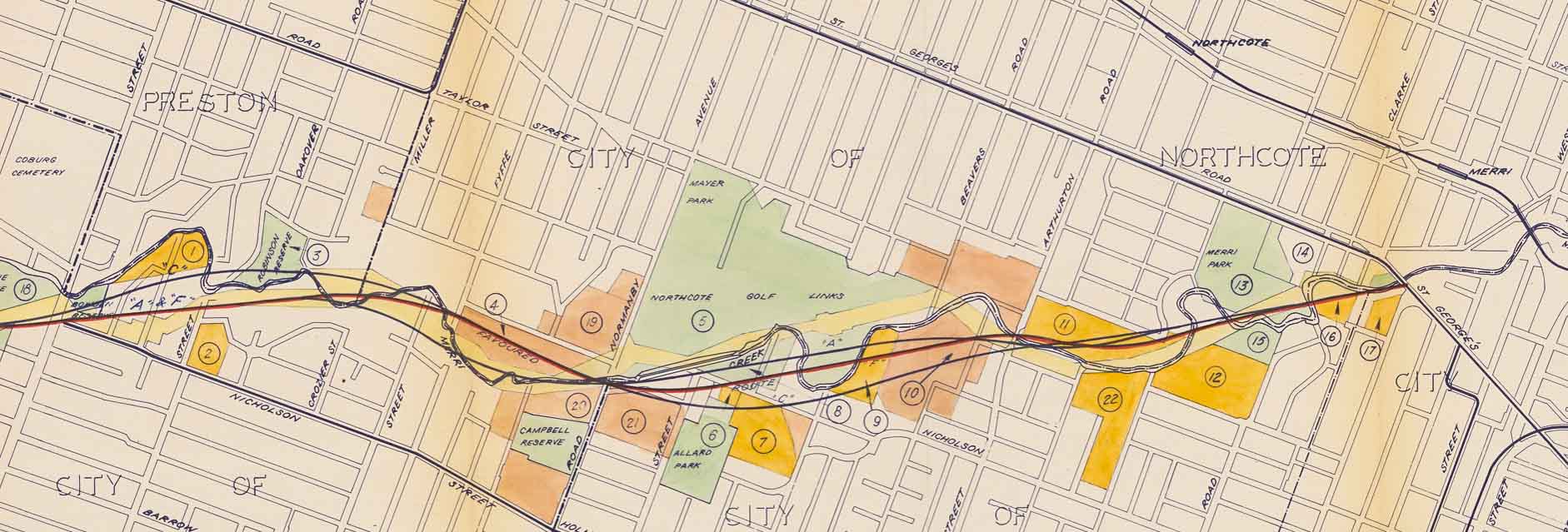Last updated:
What do I need to know?
Please note that we are still migrating some of the data related to these records from our previous system. We hope to have it available in the next few days.
The Parish plans date from 1837 onward. You will need to know either the contemporary place name or the original Parish name.
How do I search?
We recommend viewing our Parish maps collection on our Map Warper Tool. To find a map in Map Warper:
- Enter either the contemporary or Parish place name in the search field and click 'Search'.
or
- Go to the 'Find Maps by Location' tab, type the contemporary place name into the search field and click 'Find Location.'
then
- Click on your chosen map and go to the 'Preview' tab to view the map placed over its contemporary location. You can use the transparency slider to change the opacity of the map.
Amongst the many maps available for search on Map Warper, the parish plans you can search for on this topic guide are gradually becoming available. However, if you're struggling to find the plan or map you're looking for, try using the search tool below. You will need to know the Parish, township name, or a plan number.
- To find a Parish or township name, view these PDF maps South East | North East | North West | South West ( Melbourne Parish names are in the south-west map), or look through this list of Parish names which include land districts.
- To find a plan number, view this list of Parish/township plan numbers.
Tip! Some areas have more than one plan number, so check the list above to hone your search.
About these records
Parish plans (rural) and township plans (town/city) were made to track how Crown land was divided up and whether it was leased, licensed or sold. They are also a good place to look to find other records we might have on the same property.
Parish and township working plans were maintained by regional land offices to record details about the use of Crown land. They are copies of ‘record plans’, the formal legal record of Crown land status (whether alienated from the Crown or not), that were maintained centrally in Melbourne. Like the record plans, the working plans often provide names of people who purchased or were granted Crown land, as well as details that can assist researchers to locate files relating to particular allotments. Working plans may also contain much other information about: leases and licenses to occupy; Crown reservations; changes to road alignments and allotment boundaries; and the sale of land.
The plans cover all of Victoria, and may record information dating from the earliest European settlement up until the time of scanning (2001 – 2004).
Next Steps
What are in these records?
Parish and township plans are known as ‘cadastral’ maps, mainly concerned with showing property boundaries.
- allotment numbers (the parish/allotment/section identifier for each block is called the ‘Crown Description’ and is widely used across many records to identify land)
- property size
- notes as to the length and orientation of boundaries
- names of the ‘first’ occupiers of each property, and often plans are updated with subsequent owners
- major roads and watercourses
Many properties will be annotated with a file number, which is important for locating other records about that property.
Tip! Many parishes will be split across multiple plans. These plans are numbered: Angora - 1, Angora - 2 and so on.
Material in the Public Record Office Victoria archival collection contains words and descriptions that reflect attitudes and government policies at different times which may be insensitive and upsetting
Aboriginal and Torres Strait Islander Peoples should be aware the collection and website may contain images, voices and names of deceased persons.
PROV provides advice to researchers wishing to access, publish or re-use records about Aboriginal Peoples
